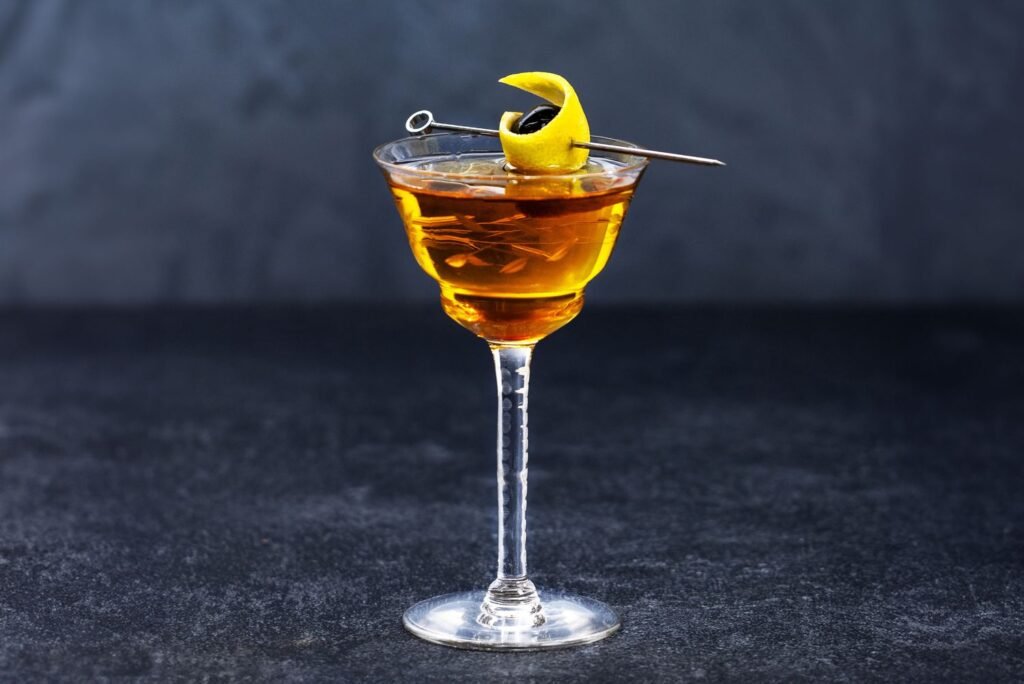The Bijou (French for “jewel”) is a pre-Prohibition cocktail that combines gin with sweet Italian vermouth, green Chartreuse, and orange bitters. According to David Wondrich in The Oxford Companion to Spirits and Cocktails, the first iteration of the Bijou can be traced to 1895.
The drink has two places of origin. In St. Louis, it consisted of a combination of Cognac and Grand Marnier. In Cincinnati, the drink was made with equal parts Grand Marnier, Plymouth gin, and Italian vermouth.
The version that’s best known today can be attributed to bartender Harry Johnson in the 1900 edition of his Bartender’s Manual, where he replaced the Grand Marnier with green Chartreuse. Johnson’s version became the industry standard during the cocktail revival of the early 2000s and remains the definitive blueprint for the drink to this day.
Why the Bijou Works
When made with the ingredients in equal parts, the Bijou resembles the Negroni — both drinks have a gin base, sweetened with Italian sweet vermouth and an herbal liqueur. This variation is adapted from Dale DeGroff’s take on the Bijou at the Rainbow Room. It dials back the sweetening ingredients and is much closer in build and flavor profile to a classic Martinez.
This crisp, botanical-forward Bijou is surprisingly complex in flavor, given its simplicity. The juniper and other botanical notes of the gin pair perfectly with green Chartreuse, a combination also seen in the Last Word. The addition of sweet Italian vermouth provides low end notes to the cocktail with a rich, velvety sweetness. A few dashes of orange bitters give the drink a citrusy zip that ties the ingredients together.


